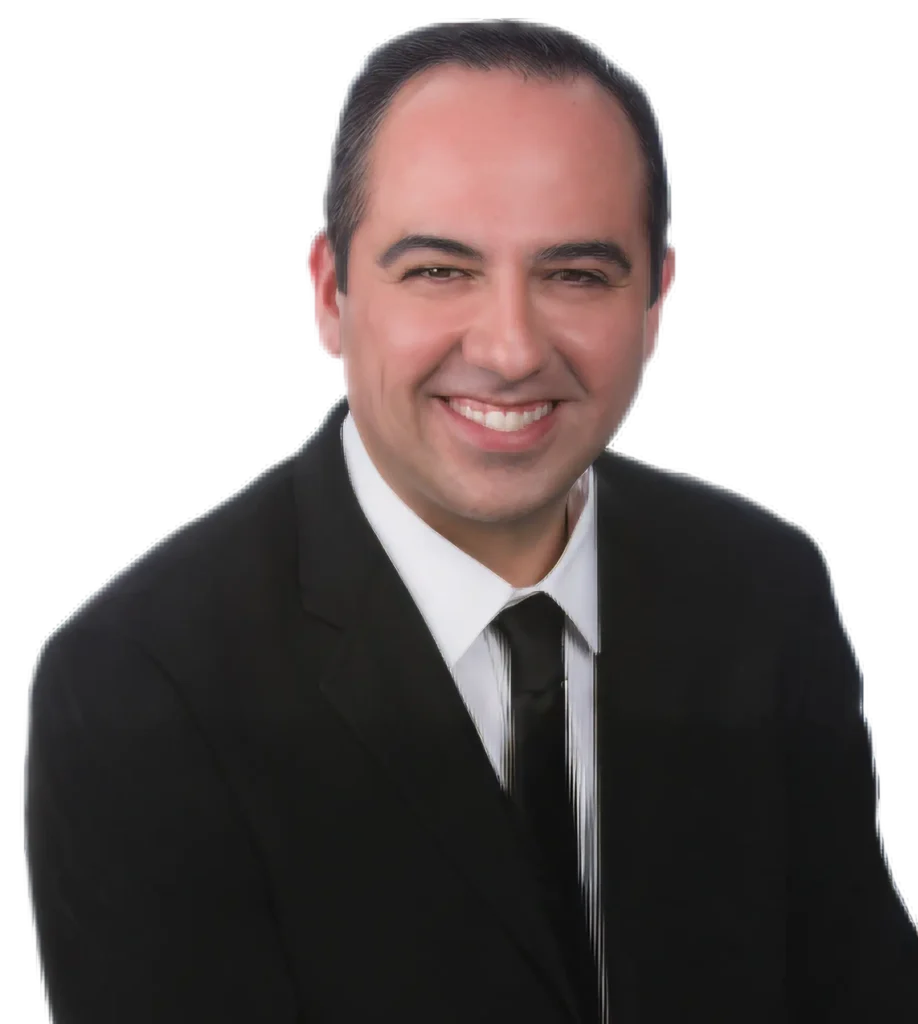
Imaging should answer the question—then guide the least-invasive fix.
C-arm fluoroscopy & image-guided spine injections
Diagnostic MR/CT protocols for spine trauma & mTBI
Vertebral augmentation (kyphoplasty)
Peer review & credentialing leadership
Senior Fellow, American Society of Neuroradiology
Former chief resident and faculty mentor, University of Nebraska Medical Center
Active member,
ACR • RSNA • SIR
Soccer-club president, city-council alumnus, grandfather, and avid skier.

Board-Certified Pain Management & Rehabilitation Specialist

Board-Certified Orthopedic Surgeon



Request Same-Day Injury Evaluation
Don’t wait in pain — our expert spine specialists are available for same-day evaluations.
A neuroradiologist is a doctor trained to read MRI and CT scans of the brain, spine, and nerves and to use imaging to guide safe, precise treatments. Dr. Farley focuses on matching the right test to the right question, then coordinating care with your treatment team. If you want a fresh read on prior scans or help choosing the next study, see our page on MRI/CT Second Opinion.
Image-guided injections may be suggested when arm or leg pain follows a pinched nerve or inflamed joint and exam findings match your imaging. Using live fluoroscopy, Dr. Farley helps your care team target the exact pain generator so treatment can start with the least-invasive option. To learn how this works and typical next steps, visit Epidural Steroid Injection (also see facet/medial branch options).
Kyphoplasty and vertebroplasty are image-guided procedures for selected vertebral compression fractures. The goal is to stabilize the weakened bone and reduce mechanical pain so patients can move more comfortably while healing. Suitability depends on fracture type, timing, and exam findings. Your clinician will review imaging and discuss risks and alternatives before deciding. For a plain-language overview, read Kyphoplasty / Vertebroplasty.
Choice depends on the question. MRI shows nerves, discs, ligaments, the spinal cord, and soft tissues in high detail. CT excels at bone, fractures, and assessing hardware. Dr. Farley selects protocols that answer the clinical question and avoid unnecessary testing. If you have outside scans or need clarity on next steps, our MRI/CT Second Opinion page explains how we review images and reports.
Concussion can affect eye movements and visual tracking even when routine imaging looks normal. I-PAS measures oculomotor function to add objective data alongside symptoms and exam. These results help your care team tailor therapy and monitor progress over time. If you’re dealing with headaches, fogginess, or motion sensitivity after a collision or fall, learn how testing works on I-PAS Eye-Tracking.
Bring prior images and reports (CD or secure link), list medications and allergies, and follow any instructions your clinician provides. Wear comfortable clothing, remove metal before MRI, and arrive a few minutes early to review consent and safety checks. Preparation helps the team run the right protocol and keep you comfortable. For practical steps before your visit, see Preparing for Your Visit.
Contact us and set up your doctor visit today to start your journey to pain-free living